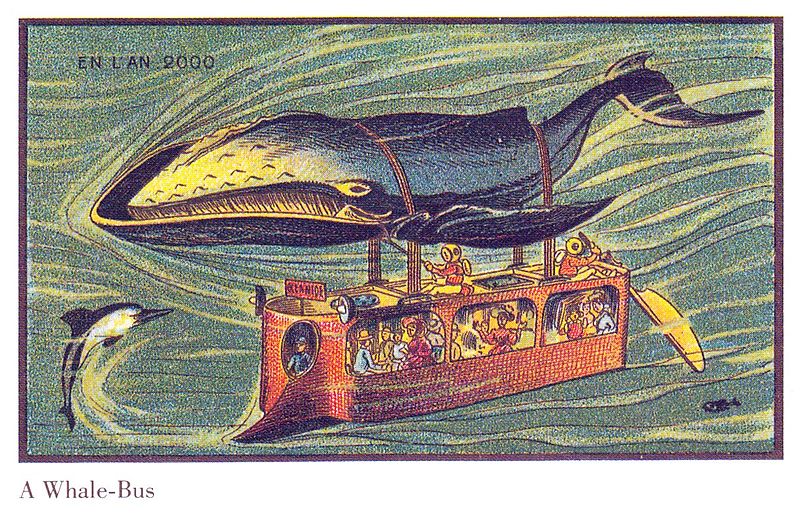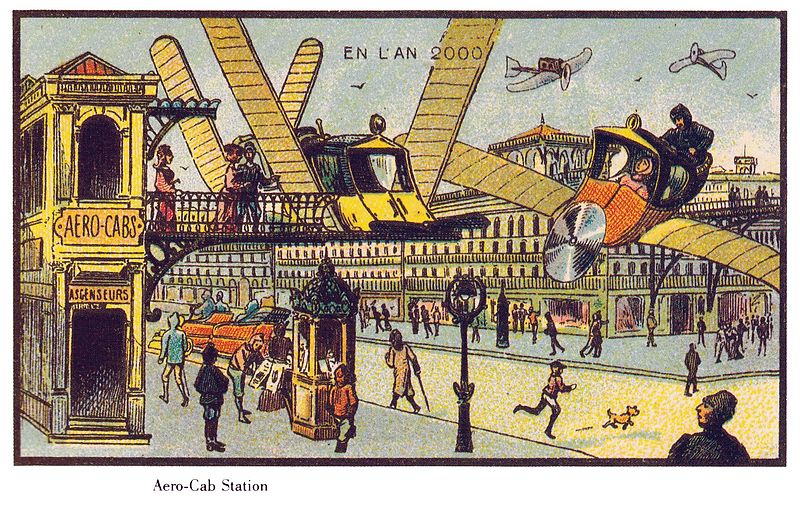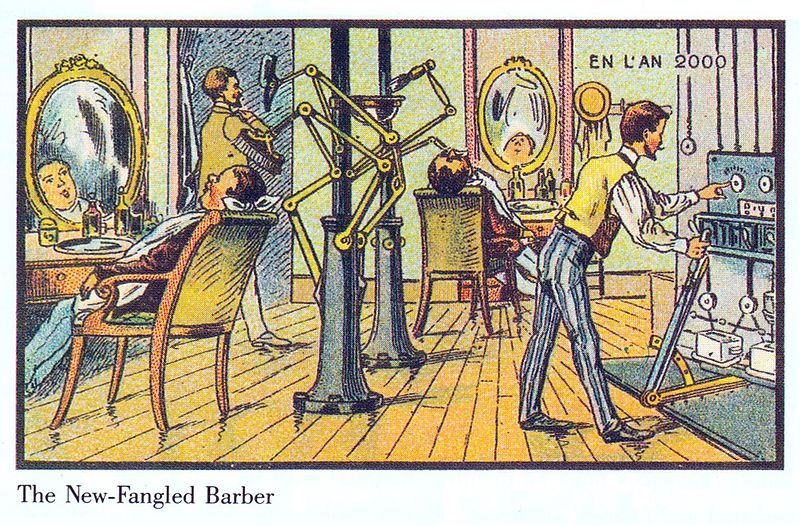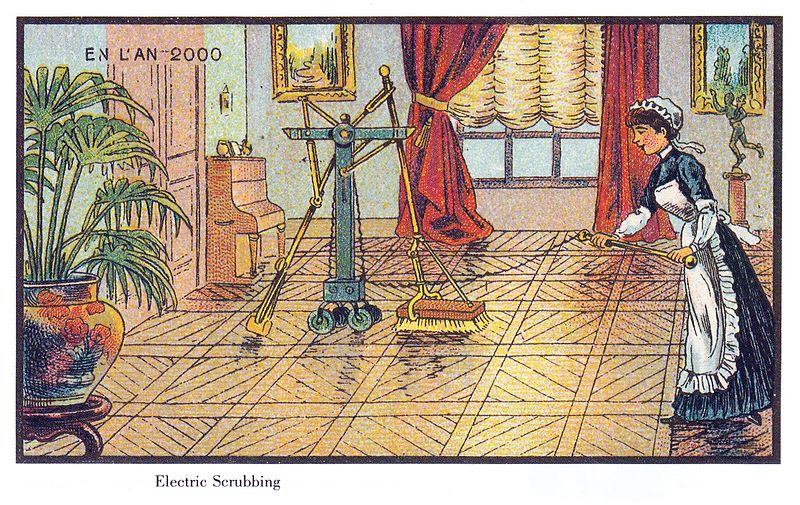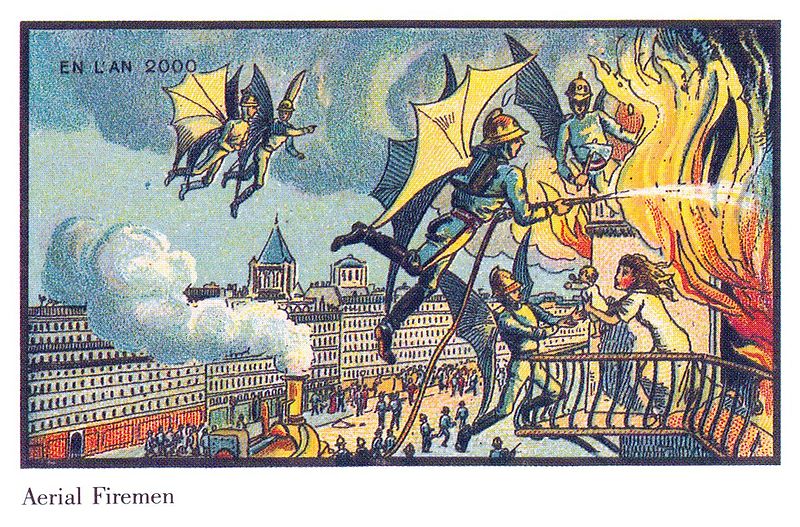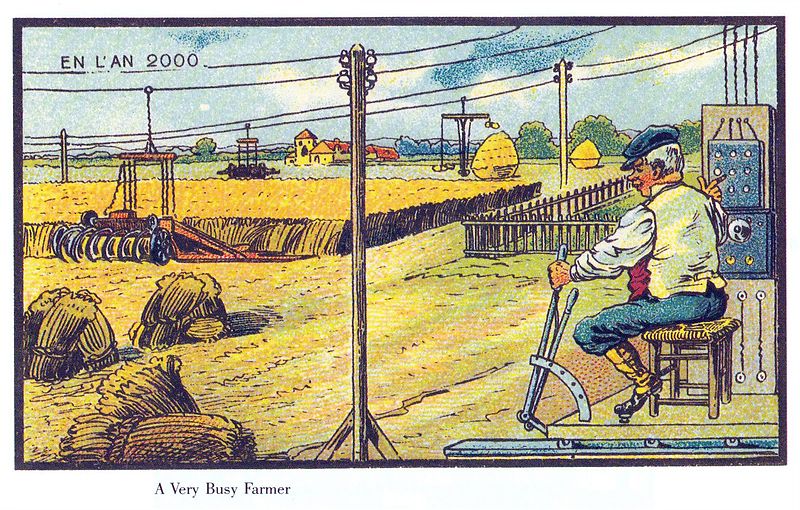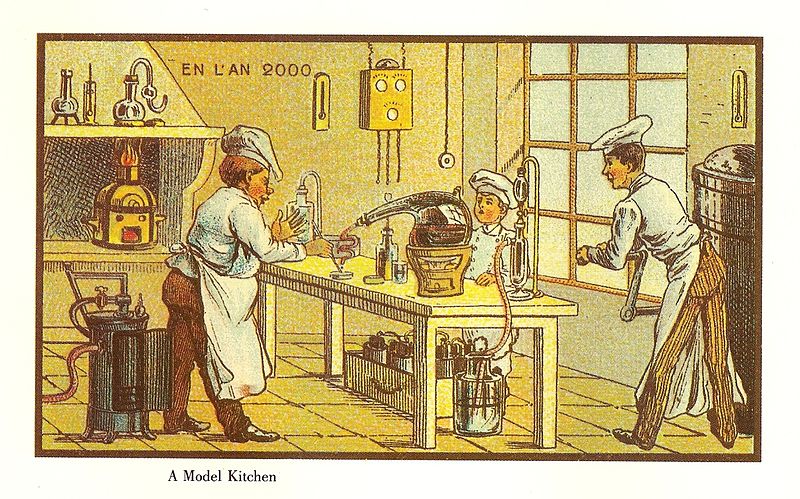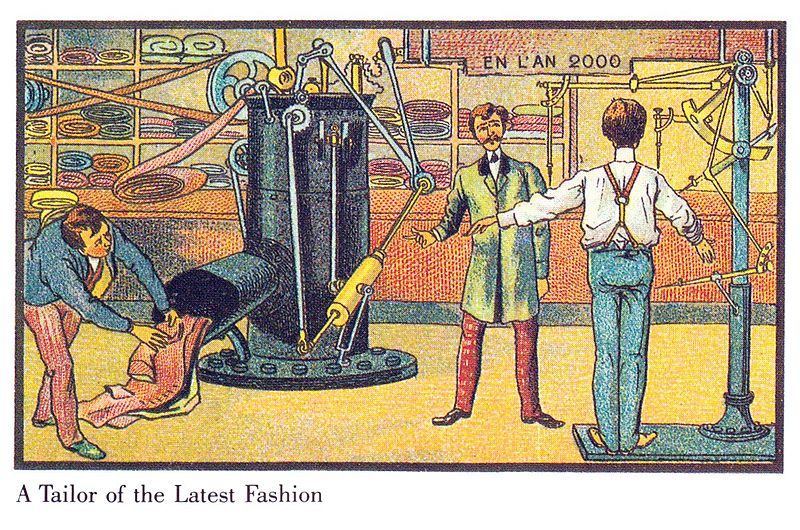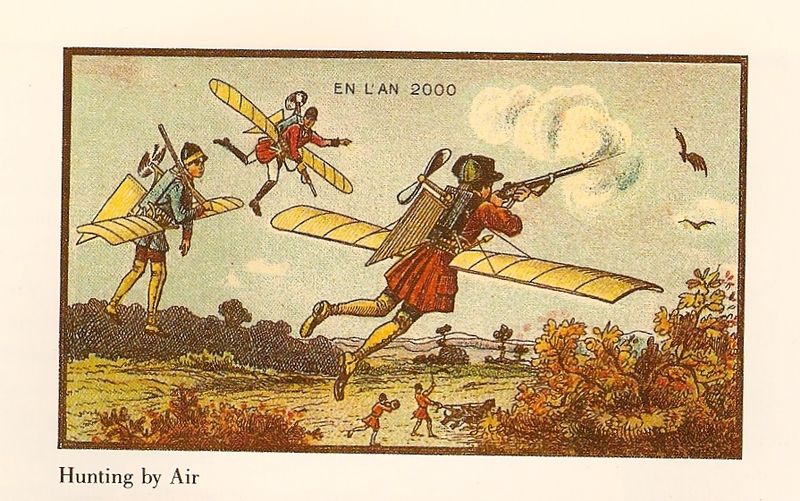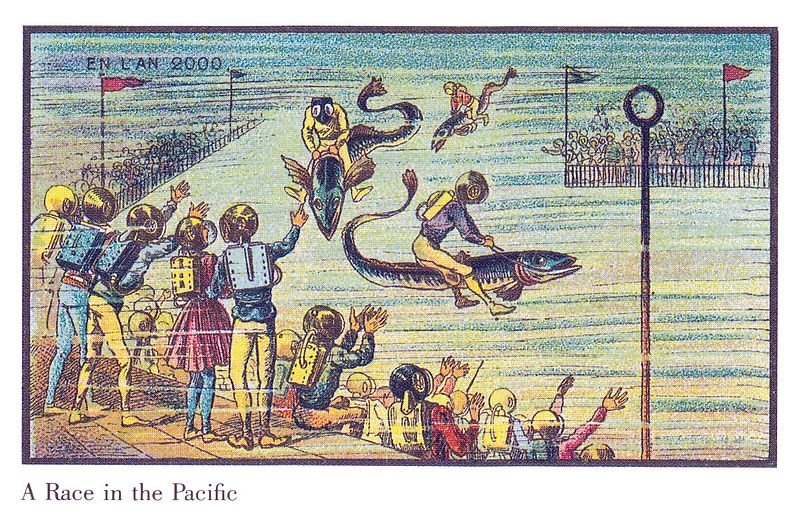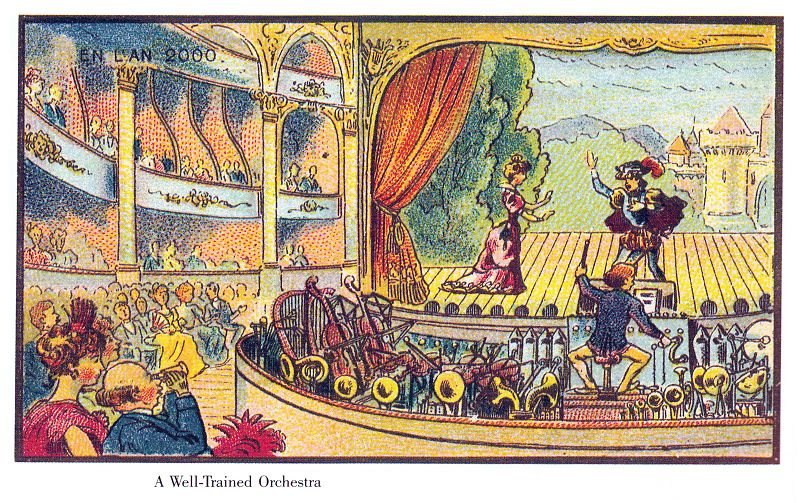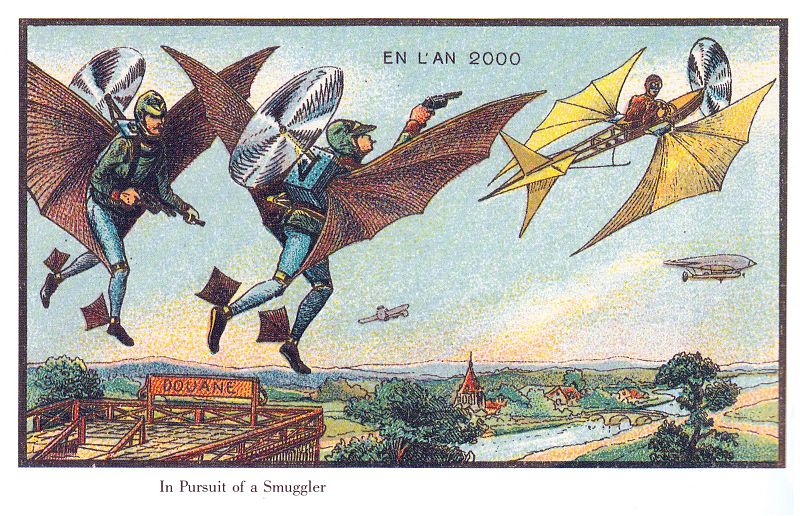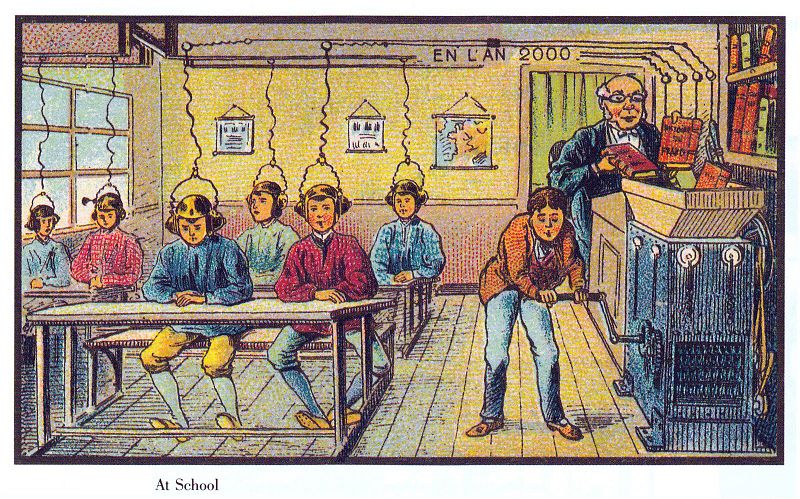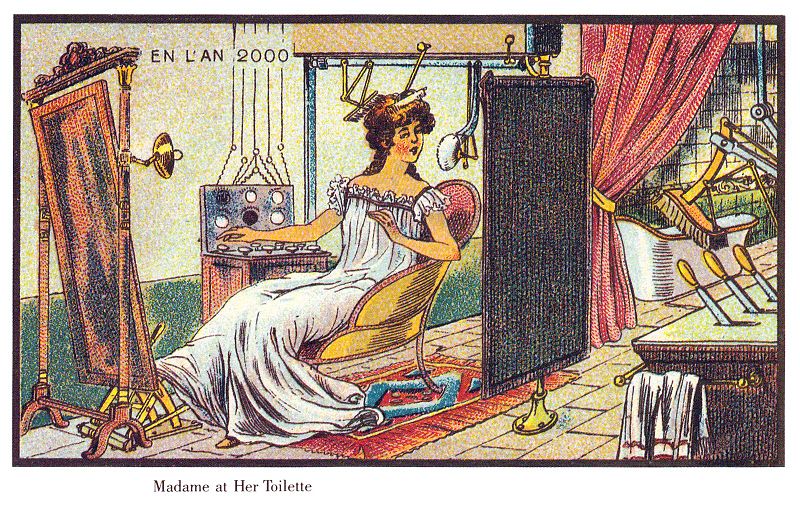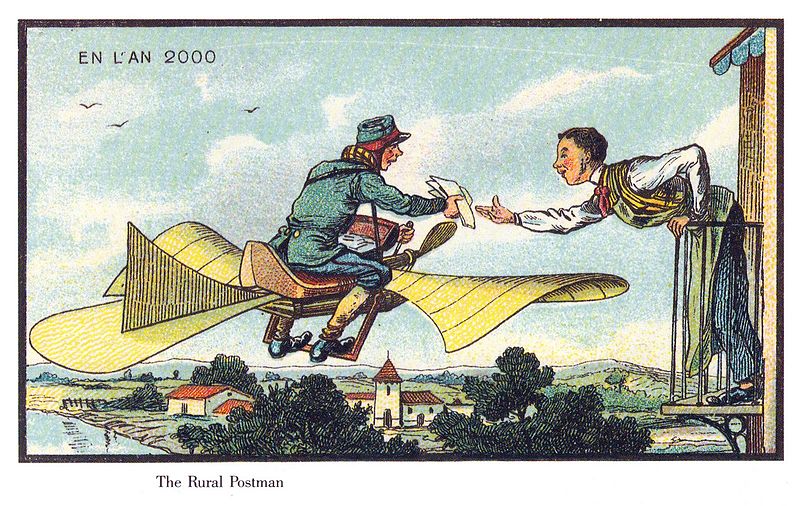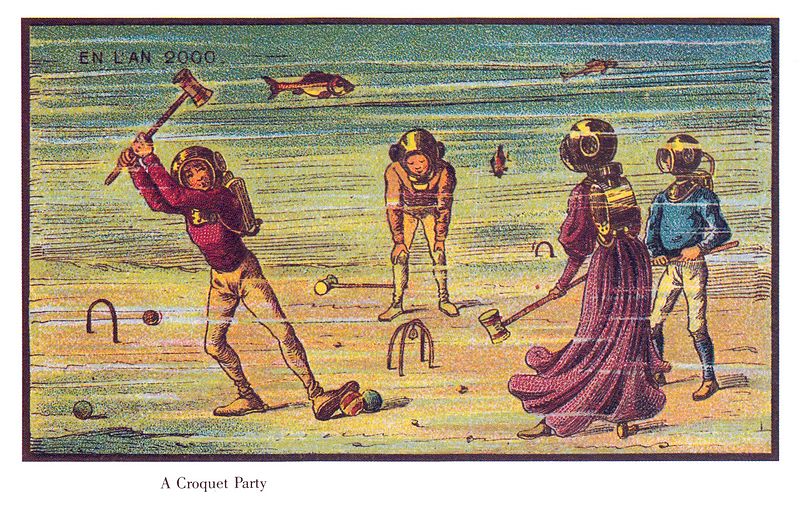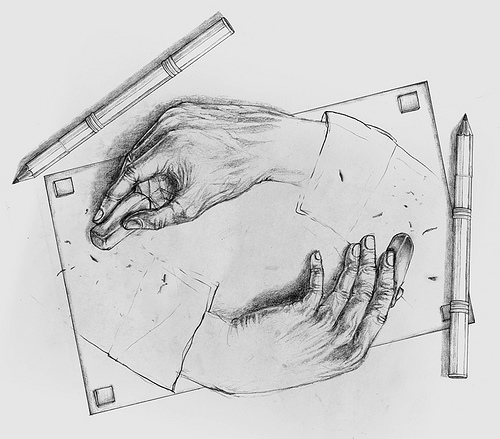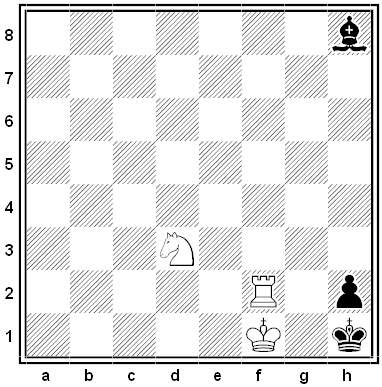In 1988, workers found a 5-year-old bottlenose dolphin trapped in a canal lock in South Australia. She was taken to a commercial aquarium for medical treatment, where she was named Billie and housed with the trained dolphins who performed for oceanarium visitors there. One of the behaviors that the trained dolphins had learned was tailwalking, emerging vertically from the water and beating their tails to move backward as though walking on the water.
When Billie had recovered she was released back into the wild, but conservationist Mike Bossley continued to monitor her. He was surprised to see her tailwalking — she had never received any training during her recuperation and must have learned this spontaneously from the trained dolphins. “The behavior has no known utility in the wild and, as you can imagine, uses up a fair amount of energy, but Billie kept it up,” write biologists Hal Whitehead and Luke Rendell in The Cultural Lives of Whales and Dolphins (2014).
Not only that, but other wild dolphins began tailwalking themselves. Bossley reported, “Another female dolphin called Wave began performing the same behavior, but does so with much greater regularity than Billie. Four adult female dolphins have also been seen tailwalking,” as have several calves. Just last month conservationist Jenni Wyrsta saw a wild dolphin named Bianca do 33 tailwalks in a row in the Port River, in sets of two and three. “I’ve never seen a dolphin do double, let alone triple tailwalks,” she told the Portside Messenger.
Whitehead and Rendell write, “So, a behavior learned in captivity, with no obvious function beside play, has apparently gone on to become something of a hit in the wild and persists to this day, twenty-five years following Billie’s release and after Billie’s own death in 2009.”


